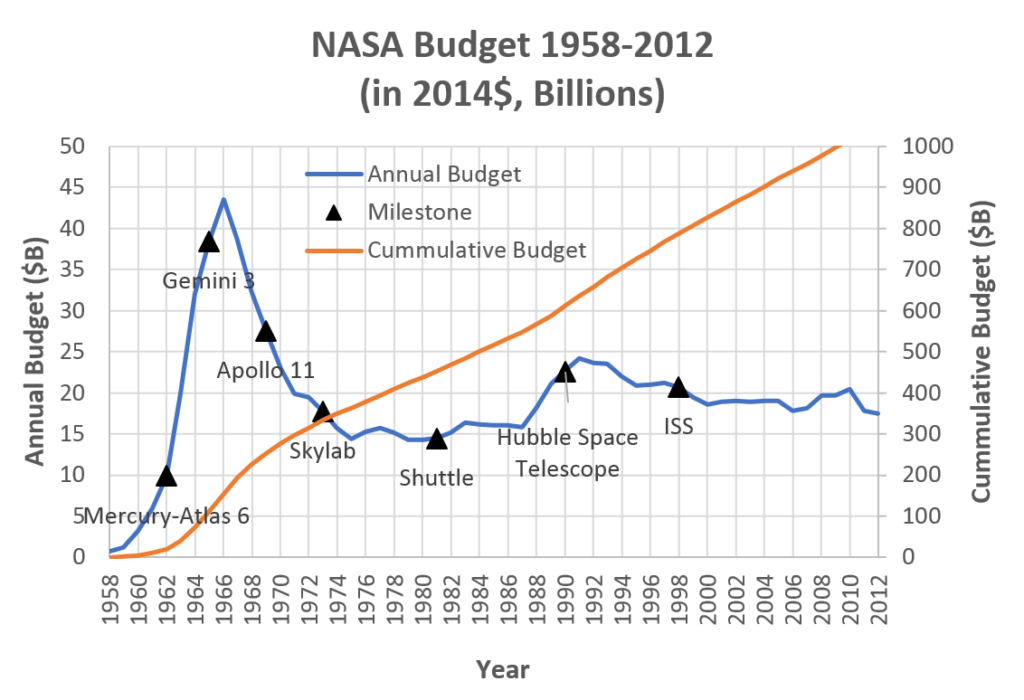NASA looked back on its illustrious history and condensed the traits that were responsible for its mission successes. They got it down to 9 principles and 27 lessons learned. This list represents over 1 trillion dollars of hardware development. It is foolish to ignore it.

The 9 Principles and 27 Lessons Learned from NASA 1958-2012
- System success depends on the creativity, judgment, and decision-making skills of the people
- People Are the Prime Resource for Project Success
- People Skills are Mandatory for Achieving Successful Products
- Space systems are challenging, high-performance systems
- Demand for High-Performance Lead to High Power Densities and High Sensitivities
- Everything acts as a system (whole)
- Systems and Technical Integration
- Risk Management
- All Design is a Paradox, a Balancing Act
- The system is governed by the laws of physics
- Physics of the Problems Reigns Supreme
- Engineering is a Logical Thought Process
- Mathematics is the The Same!
- Fundamentals of Launch Vehicle Design
- Robust Design is based on our understanding of sensitivities, uncertainties, and margins
- Robustness
- Understanding Sensitivities and Uncertainties is Mandatory
- Margins Must Be Adequate
- Project success is determined by life cycle considerations
- Design Space Constrained by Where you Are in the Life Cycle
- Concept Selection and Design Process
- Requirements Drive the Design
- Designing for the -ilities and Cost
- Testing and verification have an essential role in development
- Hardware and Data Have the Answers
- Can Test Now or Will Test Later
- Independent Analysis, Test, and Design are Keys to Success
- All Analyses and Tests are Limited
- Scale is a Major Issue
- Anticipating and surfacing problems must be encouraged
- Must Hear and Understand All Technical and Programmatic Opinions
- There are No Small Changes!
- Expect the Unexpected
- Leadership is the foundation
- Integrity
- Focus Beyond Yourself
Elements of Engineering Excellence (start here)
Additionally referenced reports

